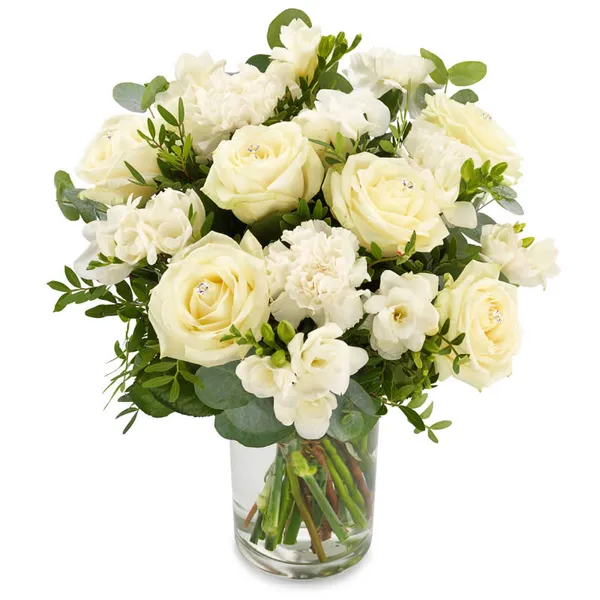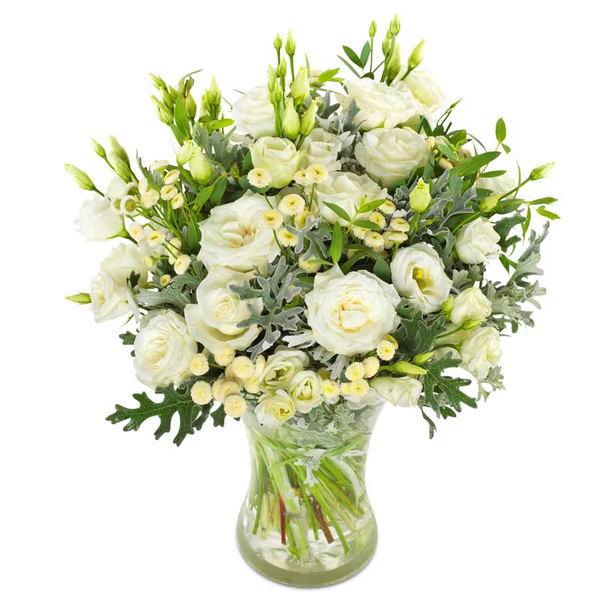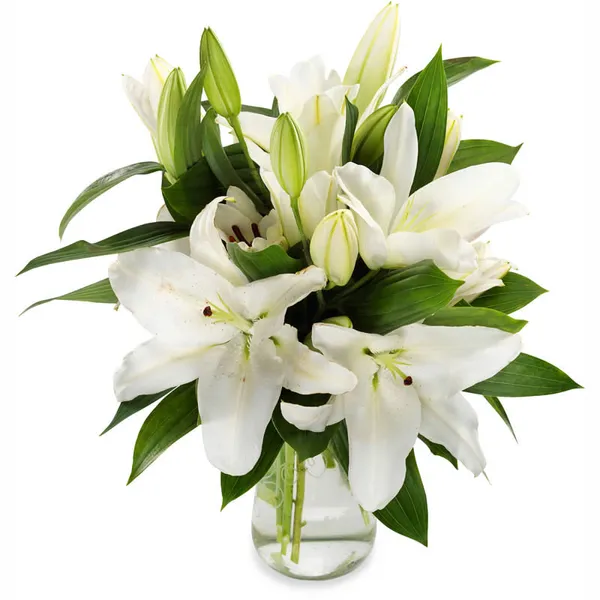Lily of the Valley — Origin, Cultivation, and Characteristics
Lilies of the Valley are flowers that we associate mainly with gifts that we gave to our mothers in spring as children. In order to break the myth that lilies of the valley are also potted flowers, we have prepared some interesting facts about the origin, planting, and cultivation of lilies of the valley.
Lily of the Valley – Origin
Lily of the Valley, from Latin Convallaria majalis, is a plant that occurs in large numbers in the forests of Europe and North America. In Poland alone, the natural habitat of lilies of the valley is about 81 thousand hectares.
Characteristics of Lily of the Valley
Lily of the valley has been a valued ornamental and medicinal plant since the Middle Ages. Its flowers, gathered in inflorescences called racemes, are known for their beautiful scent. After flowering, they form characteristic fruits - red berries. It should be remembered that all parts of the plant are poisonous, as they contain a glycoside (saponin), used in the pharmaceutical industry to produce heart medications. Lily of the valley is not a houseplant, but you can try to make it bloom at home. Acceleration of flowering, the so-called forcing, consists in breaking the dormancy and is similar to that of bulbous plants, with the difference that in the case of lily of the valley, the forcing procedure is performed on rhizomes. In our conditions, lilies of the valley are forcing from the end of November to March. In stores, you can already buy blooming lilies of the valley in winter, but some lovers of these flowers prefer to grow them themselves.
Lily of the valley rhizome is planted in November or December (after the cold spell) in containers with peat, so that the flower buds, when they appear (flower buds are thicker than leaf buds), are just below the surface of the peat. Initially, forcing is carried out in a warm place, preferably at a temperature of 25-30 degrees, in the dark. Water as needed - the substrate should be constantly slightly moist (such that when squeezed in the hand, water does not leak out of it).
Lily of the Valley – Cultivation
After the flower buds reach a height of 10 cm, lower the temperature and expose the pots to light. The forcing period usually lasts 4-5 weeks (even shorter if the rhizome is planted later than November). Lily of the valley obtained in the forcing process will bloom indoors for only a few days. However, to extend this time, it should be placed in a cool place – 10-12 degrees.
Interesting Facts
To enjoy lily of the valley flowers before the New Year, the rhizome should be hardened at a temperature of -3 degrees for 3-5 weeks before planting (the plant must go through a period of rest as in nature) and then bathed at a temperature of 30-35 degrees for about 12-16 hours.
Sending Lily of the Valley Bouquets
Lily of the Valley flowers are usually available for sale for a fairly short period of time. Our "Lily of the Valley" bouquet is also not available all year round, so if you would like to pleasantly surprise someone who loves white flowers, we encourage you to check out other delicate, white bouquets:



